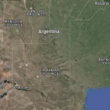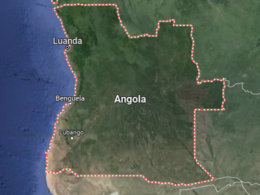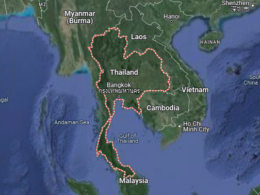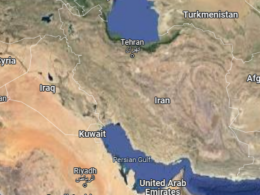Spain has the second-highest number of UNESCO World Heritage Sites in the world, with 49 sites recognized for their cultural and natural significance.
La Tomatina, an annual tomato-throwing festival held in Buñol, Spain, is one of the country’s most famous festivals.
The Spanish national anthem, “Marcha Real,” is one of the few national anthems in the world without lyrics.
Spain has the oldest restaurant in the world, Sobrino de Botín in Madrid, which has been operating since 1725.
The name “Spain” comes from the Roman name for the Iberian Peninsula, “Hispania,” which means “land of rabbits.”
Spain has a tradition of building human towers called “castells,” which can reach several stories high and are performed during festivals.
The Alhambra in Granada is a stunning example of Moorish architecture and is one of Spain’s most visited landmarks.
Spain has more than 8,000 kilometers of coastline, offering diverse beaches from sandy Mediterranean shores to rugged Atlantic cliffs.
The Camino de Santiago, or Way of St. James, is a famous pilgrimage route that ends at the Cathedral of Santiago de Compostela in Galicia.
The Ebro Delta in Catalonia is one of Europe’s most important wetland areas and a haven for birdwatchers.
Spain has the third-largest number of international tourists annually, after France and the United States.
Spanish is the second-most spoken language in the world by native speakers, after Mandarin Chinese.
The Balearic Islands, including Mallorca, Ibiza, and Menorca, are known for their beautiful beaches and vibrant nightlife.
Spain has the highest number of bars per inhabitant in the European Union.
The Sagrada Família basilica in Barcelona, designed by architect Antoni Gaudí, has been under construction since 1882 and is still not finished.
Spanish cuisine varies widely by region but is known for dishes like paella, gazpacho, and jamón ibérico.
The Running of the Bulls (San Fermín festival) in Pamplona is a traditional event where bulls are let loose in the streets, and participants run ahead of them.
Spain has a rich tradition of flamenco music and dance, originating from Andalusia in southern Spain.
The Canary Islands are named after the Latin word “canaria,” meaning “Island of Dogs,” due to the presence of large dogs by the native Guanche people.
Spanish siestas, traditional afternoon naps, are still practiced in many parts of the country, especially in warmer regions.
Spain has a network of over 40 national parks and reserves, preserving diverse ecosystems and wildlife.
The Basque Country in northern Spain has its own distinct language, Euskara, which is unrelated to any other known language.
The Guggenheim Museum Bilbao, designed by architect Frank Gehry, is an iconic example of contemporary architecture in Spain.
Spain has a high life expectancy, with an average of over 83 years.
The Spanish Steps in Rome, Italy, were funded by Spain in the 18th century and are named after the Spanish Embassy nearby.
Spain has a rich literary history, with Miguel de Cervantes’ “Don Quixote” considered one of the greatest novels ever written.
The “Día de los Santos Inocentes” (Day of the Holy Innocents) on December 28 is Spain’s equivalent of April Fools’ Day.
The Canary Islands are named after the Latin word “canaria,” meaning “Island of Dogs,” due to the presence of large dogs by the native Guanche people.
Spanish siestas, traditional afternoon naps, are still practiced in many parts of the country, especially in warmer regions.
Spain has a network of over 40 national parks and reserves, preserving diverse ecosystems and wildlife.
The Basque Country in northern Spain has its own distinct language, Euskara, which is unrelated to any other known language.
The Guggenheim Museum Bilbao, designed by architect Frank Gehry, is an iconic example of contemporary architecture in Spain.
Spain has a high life expectancy, with an average of over 83 years.
The Spanish Steps in Rome, Italy, were funded by Spain in the 18th century and are named after the Spanish Embassy nearby.
Spain has a rich literary history, with Miguel de Cervantes’ “Don Quixote” considered one of the greatest novels ever written.
The “Día de los Santos Inocentes” (Day of the Holy Innocents) on December 28 is Spain’s equivalent of April Fools’ Day.
**Please note that this post may contain affiliate links. When booking through one of our links, we earn a small kickback at no extra cost to you and it’s a big help to keep the site up and running.









